Top Things to Know Before Buying Low-Maintenance Indoor Plants
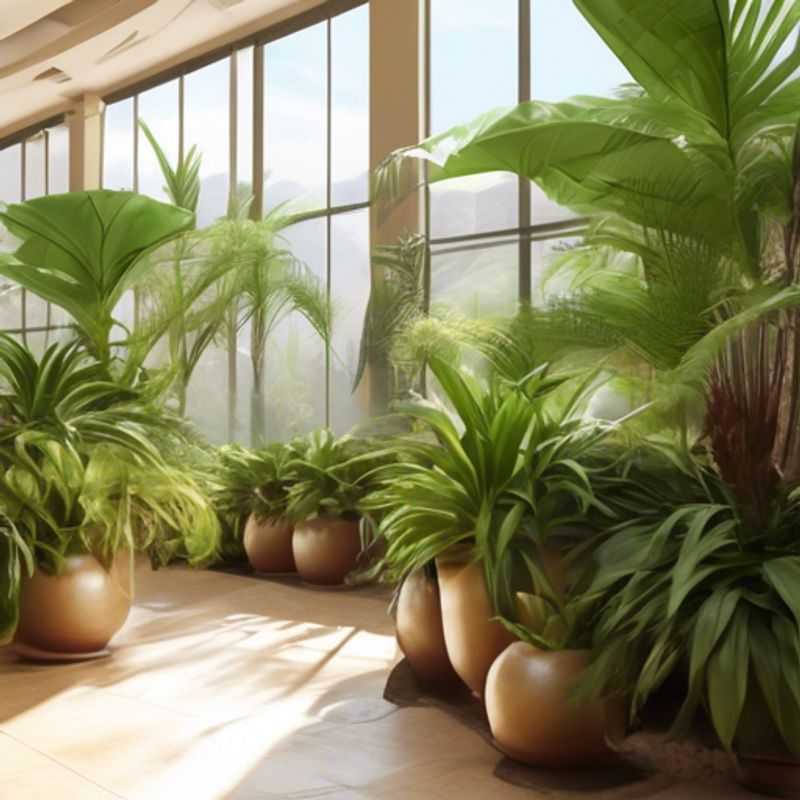
Top Things to Know Before Buying Low-Maintenance Indoor Plants: Sunlight, Watering, Care Requirements, Humidity, Space, Repotting, Growth Habits
Ah, the allure of a verdant oasis within your humble abode!
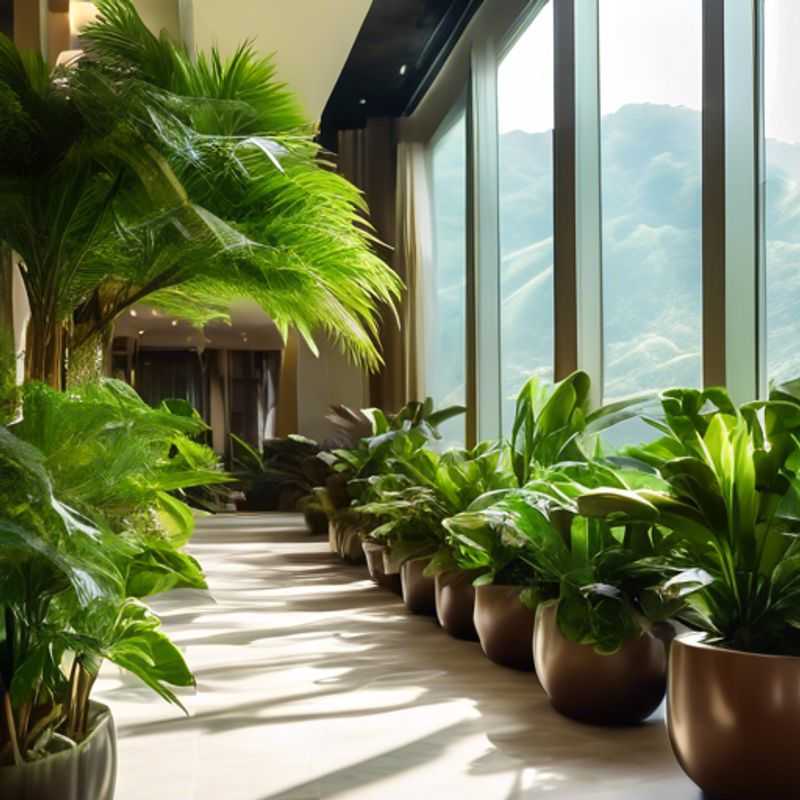
Sun-Kissed Homes: Understanding Your Home's Sunlight Exposure
Understanding how much sunlight your home receives is crucial for several reasons. It influences the energy efficiency of your home, impacting heating and cooling costs. It also affects your comfort, impacting how you experience your home throughout the day. Lastly, it impacts the growth of plants if you're considering indoor gardening or have an outdoor space.
You can evaluate sunlight exposure by observing your home throughout the day, particularly during peak sun hours. Note the times when rooms receive direct sunlight and identify areas that remain in shade. This will help you understand the overall sun exposure pattern of your home.
Consider using a sun chart or app to visualize your home's sunlight exposure throughout the year. These tools can be helpful for planning landscaping or for installing solar panels. Additionally, consult with a local architect or energy consultant for professional guidance.
Keep in mind that sunlight exposure can vary significantly depending on your home's location, orientation, and surrounding structures. Additionally, factors like tree cover and weather conditions can impact sunlight exposure. It's important to consider these factors when evaluating your home's sunlight patterns.

Unlocking the Secrets of Plant Hydration: Determining the Perfect Watering Schedule
Determining the ideal watering schedule for your plant is crucial for its health and longevity. It's a delicate balance, as under-watering can lead to wilting and death, while over-watering can cause root rot. The key is to understand your plant's specific needs.
Consider factors like the type of plant, its size, the pot size, and the surrounding environment. Some plants thrive in consistently moist soil, while others prefer to dry out between waterings. You can also use your fingers to test the soil moisture; if it feels dry to the touch, it's time to water.
Another helpful tip is to observe your plant. If you see signs of wilting, drooping leaves, or browning tips, it may be indicating a need for more water. Pay attention to the plant's visual cues, as they are often the best indicator of its needs.
The most important thing is to adapt your watering routine based on your plant's specific requirements. It's a process of observation and experimentation, and as you become more familiar with your plant, you'll develop a better understanding of its individual needs. Remember, consistency is key, and a well-balanced watering schedule can make a significant difference in the health and vigor of your plant.
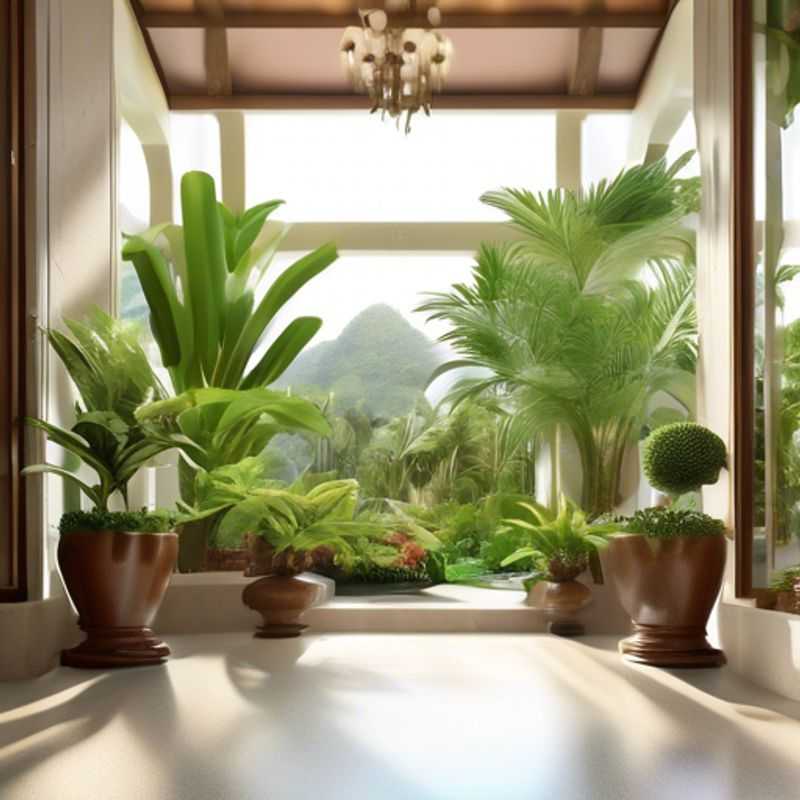
Unraveling the Mystery: Researching Your Plant's Care Needs
Knowing the specific care requirements of your plant is essential for its well-being and longevity. Researching these needs will provide you with valuable insights into how to provide optimal care, helping your plant thrive and flourish.
Begin by identifying the plant's species. This can often be done through online plant identification tools or by consulting a local gardening expert. Once you know the plant's name, you can delve deeper into its specific needs.
Light is a crucial factor. Some plants thrive in bright, direct sunlight while others prefer indirect light or shade. Research the plant's light requirements and ensure it receives the appropriate amount.
Water is another important aspect. Plants have varying watering needs based on their species and environment. Some require frequent watering, while others prefer drier conditions. Overwatering can be detrimental, so it's essential to understand your plant's specific water requirements.
Soil plays a critical role in providing nutrients and drainage. Research the type of soil that best suits your plant's needs. Consider factors such as pH level, drainage, and nutrient composition.
Temperature and humidity also influence a plant's growth. Some plants thrive in warm climates, while others prefer cooler temperatures. Likewise, humidity levels can impact plant health. Research the optimal temperature and humidity ranges for your specific plant.
Fertilizer can provide essential nutrients for healthy growth. However, over-fertilizing can be harmful. Determine the appropriate fertilizer type and application frequency for your plant.
Pests and diseases can pose threats to your plant's health. Research common pests and diseases that affect your plant species and learn how to identify and treat them.
By taking the time to research and understand your plant's specific care requirements, you can provide it with the optimal environment for growth and ensure its long-lasting beauty and health. Remember to regularly observe your plant for any signs of distress and adjust its care as needed.
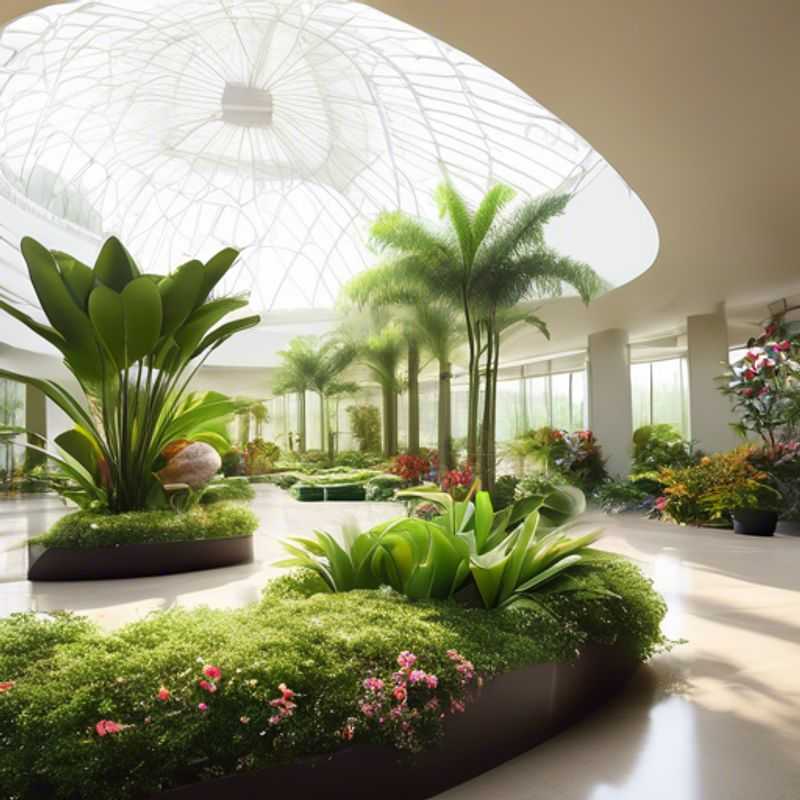
Humidity Harmony: Selecting Plants That Thrive in Your Home
Before bringing a new plant into your home, it's crucial to consider if it's compatible with your home's humidity levels. Plants thrive within specific humidity ranges, and an unsuitable environment can lead to wilting, stunted growth, or even disease.
Here's a quick guide to understand humidity levels and how they affect your plants:
Humidity levels: Refer to the amount of moisture in the air. It's measured in percentage, indicating the amount of water vapor present compared to the maximum amount the air can hold at a given temperature.
High humidity: Generally found in areas like bathrooms, kitchens, or humid climates. Many tropical plants like ferns, orchids, and peace lilies prefer these conditions.
Low humidity: Commonly found in dry climates, air-conditioned homes, or rooms with little ventilation. Plants from arid or desert regions like succulents and cacti thrive in low humidity.
Identifying your home's humidity: You can purchase a hygrometer, a device specifically designed to measure humidity levels.
Adjusting your home's humidity: You can increase humidity by using a humidifier or placing plants near a water source like a fountain or a fish tank. Conversely, using a dehumidifier can lower humidity levels.
Consult your plant's care information: Each plant species has specific humidity requirements. Check the information provided when purchasing your plant or research online.
By understanding your home's humidity levels and choosing plants accordingly, you can ensure your plant companions flourish in their new environment.
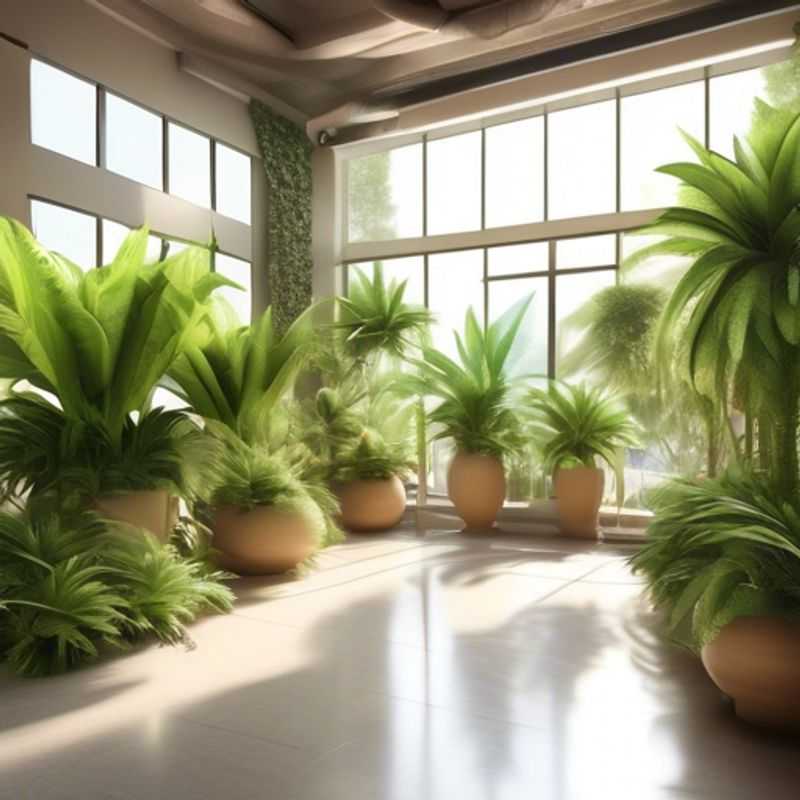
Choosing the Right Plant Size: A Guide to Space-Conscious Gardening
When choosing a plant for your home, it's essential to consider the plant's mature size. This ensures that your plant has adequate space to grow and thrive without overcrowding. Here are some key points to keep in mind:
Research mature size: Before purchasing, research the plant's mature size. This information is readily available online or at your local nursery. Consider the plant's height, width, and overall spread.
Measure your space: Carefully measure the area where you plan to place the plant. Take note of the height of the ceiling, the width of the space, and any potential obstructions.
Compare dimensions: Compare the plant's mature size with your available space. Ensure that the plant will fit comfortably and have room to grow without becoming too crowded.
Think long term: Remember that plants can grow quite large over time. Choose a plant that will comfortably fit in your space for the foreseeable future. Consider the plant's potential growth rate and whether you might need to repot it as it matures.
Consider the pot: The size of the pot also affects the plant's growth. Select a pot that allows for adequate root development and growth. A larger pot will generally accommodate larger plants.
By following these tips, you can ensure that your plants have the space they need to flourish. This leads to healthier, happier plants and a more enjoyable gardening experience.
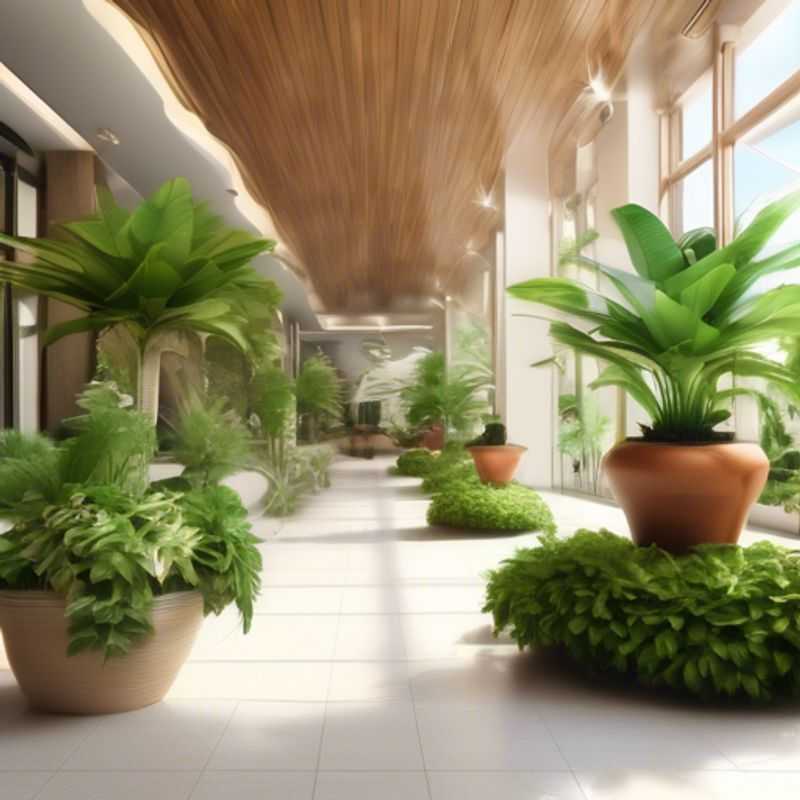
Repotting & Transplanting: A Guide to Giving Your Plants a New Home
Repotting and transplanting your plants is essential for their growth and health. It's a process that allows you to refresh the soil, provide more space for root development, and ensure your plant continues to thrive.
Here's a simple guide to help you repot and transplant your plants successfully:
1. Choose the Right Time: The best time to repot or transplant is during the plant's active growing season. This is usually in spring or early summer, when the weather is warm and the plant is actively producing new growth. Avoid repotting during cold or stressful weather.
2. Select the Appropriate Pot: Choose a pot that is only slightly larger than the plant's current container. A pot that is too big can lead to root rot and waterlogging. Make sure the pot has drainage holes to prevent water from accumulating at the bottom.
3. Prepare the New Potting Mix: Use a fresh, well-draining potting mix. If you're unsure about what type of mix to use, you can consult a local nursery or garden center. They can recommend a suitable mix for your specific plant.
4. Gently Remove the Plant: Carefully loosen the plant from its current container, being mindful of the roots. You can gently tap the base of the pot or use a trowel to help release the plant.
5. Inspect the Roots: Once the plant is out of the pot, take a moment to examine the roots. If they are circling around the inside of the pot (root bound), you'll need to gently tease them apart before planting.
6. Place the Plant in the New Pot: Put the plant in the center of the new pot, making sure the top of the root ball is level with the rim of the pot.
7. Fill with Potting Mix: Fill the pot with potting mix, leaving about an inch of space at the top. Gently pat down the soil around the plant.
8. Water Thoroughly: Water the plant well, ensuring the soil is evenly moistened. You may need to water again in a few days as the plant settles into its new home.
9. Provide Appropriate Care: After repotting, provide the plant with the necessary light, water, and nutrients for healthy growth. You may need to adjust your watering and feeding schedule based on the plant's needs.
Remember, repotting and transplanting your plants is a valuable practice for their long-term health. With a little care and attention, you can ensure your plants thrive in their new environments.
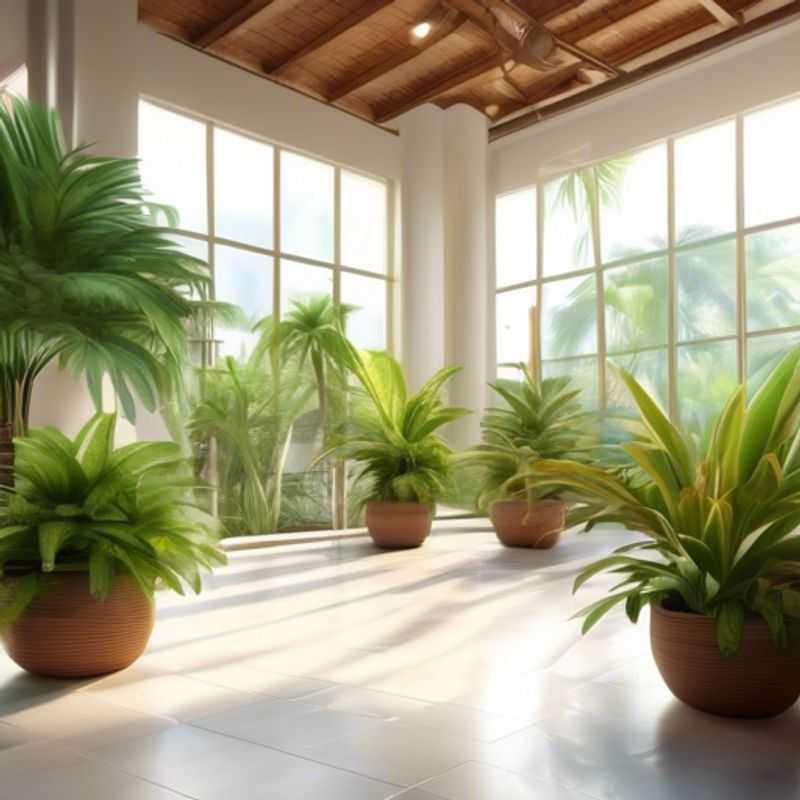
Unlocking Plant Power: Understanding Growth Habits and Maintenance Needs
Understanding a plant's growth habits and maintenance needs is crucial for its thriving. Each species has unique characteristics, requiring tailored care. Knowing a plant's native environment provides insight into its ideal conditions. For instance, a desert cactus thrives in hot, dry conditions, while a rainforest orchid needs humidity and shade.
Light is a key factor. Different plants require varying amounts of sunlight, from full sun to partial shade or even low light. Research your specific plant's needs to ensure optimal growth. Water requirements also vary. Overwatering can be detrimental, while underwatering can lead to wilting. Observing the soil's dryness and the plant's appearance helps determine watering frequency.
Fertilizer plays a role in providing essential nutrients. Different types of fertilizers exist, each formulated for specific plant needs. Over-fertilizing can damage roots, so follow instructions carefully. Regular pruning can promote healthy growth by removing dead or diseased branches and encouraging new growth.
Paying attention to the plant's overall health is crucial. Identifying potential issues early can prevent them from becoming severe. Inspect leaves, stems, and roots for signs of pests, diseases, or nutrient deficiencies. Addressing these concerns promptly will ensure your plant's well-being.
Maintaining a plant's health can require specific tools and supplies. This may include pruning shears, potting soil, fertilizer, watering cans, and pest control solutions. Some plants may require specialized care, which can involve costs for specific fertilizers, pesticides, or even professional services.
